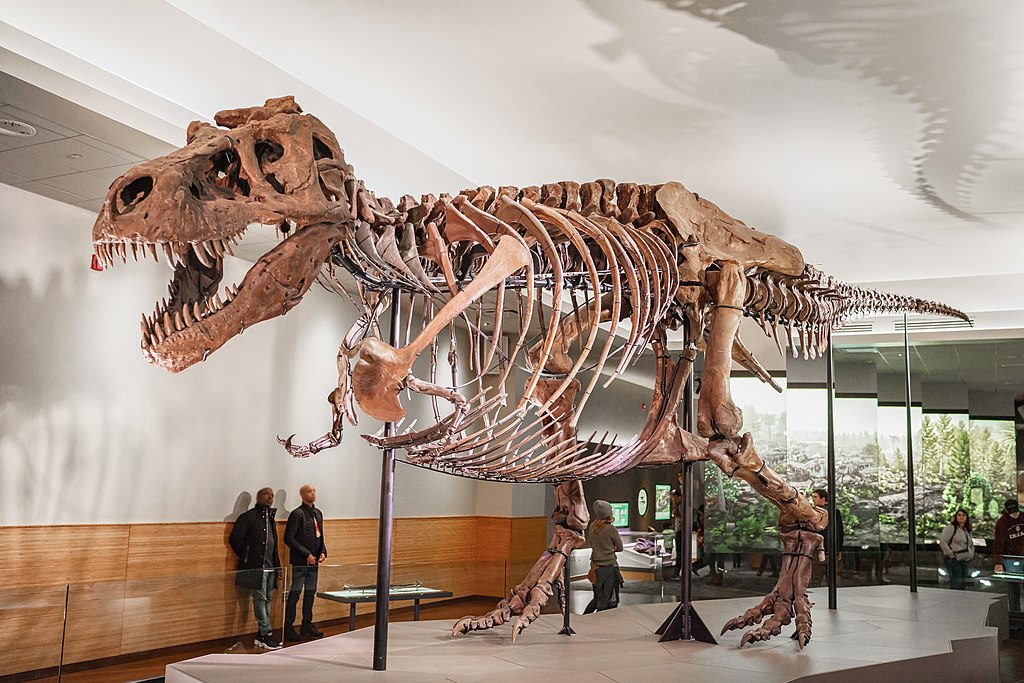Earth’s history is punctuated by moments of dramatic biological upheaval. Among these, mass extinctions stand as stark reminders of our planet’s capacity for wholesale ecological reorganization. While asteroid impacts and volcanic eruptions often capture the public imagination as extinction drivers, emerging research points to a more subtle yet equally devastating mechanism: microbial blooms in ancient oceans. These proliferations of single-celled organisms may have repeatedly transformed marine chemistry, creating cascading effects that rippled through food webs and ecosystems. This article explores how these microscopic events potentially triggered some of Earth’s most catastrophic biological crises.
Understanding Earth’s Mass Extinction Events
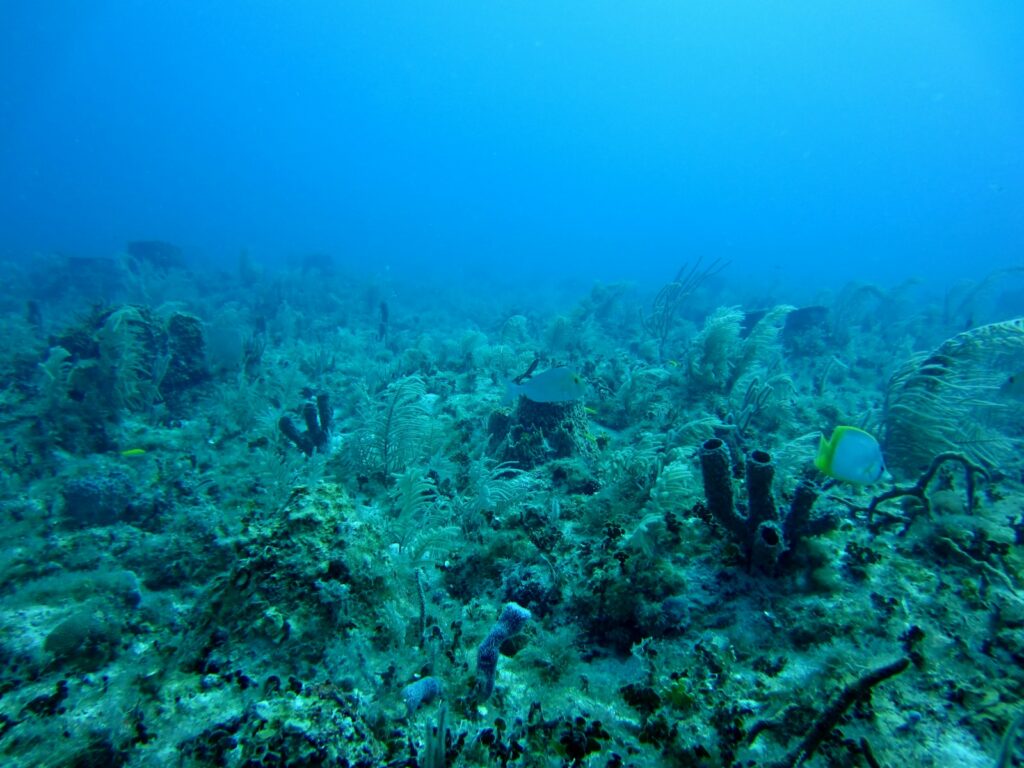
Throughout our planet’s 4.5-billion-year history, life has faced at least five major mass extinction events, with some scientists suggesting we’re currently experiencing a sixth. These biological crises are defined by the rapid loss of a significant percentage of Earth’s species across multiple taxonomic groups and geographic regions. The “Big Five” extinctions include the Late Ordovician, Late Devonian, Permian-Triassic (the most severe, eliminating roughly 96% of marine species), Triassic-Jurassic, and Cretaceous-Paleogene events. While diverse causal mechanisms have been proposed—including asteroid impacts, flood basalt volcanism, and climate change—growing evidence suggests microbial blooms played a significant role in several of these events by fundamentally altering ocean chemistry and depleting life-sustaining oxygen from marine environments.
The Microbiology of Ancient Oceans

Ancient oceans teemed with microbial life fundamentally different from today’s marine ecosystems. Cyanobacteria, green sulfur bacteria, purple sulfur bacteria, and various archaeal groups dominated the primordial seas long before complex multicellular life evolved. These microorganisms employed diverse metabolic strategies, including photosynthesis, sulfate reduction, and methanogenesis, all of which significantly influenced ocean chemistry. Unlike today’s relatively stable marine systems, ancient oceans frequently experienced dramatic shifts in their chemical composition, often driven by changes in microbial community structure and abundance. These shifts could occur rapidly on geological timescales, sometimes within thousands of years, creating environmental conditions that favored certain microbial groups while proving lethal to others, including the more complex organisms that had evolved by the time of the major extinction events.
Mechanisms Behind Microbial Blooms

Microbial blooms occur when environmental conditions suddenly favor explosive population growth of specific microorganisms. In ancient oceans, several key factors could trigger such events, including nutrient influxes from increased continental weathering, upwelling of deep nutrient-rich waters, or changes in ocean circulation patterns. Volcanic eruptions provided another powerful trigger by releasing massive quantities of iron, phosphorus, and other limiting nutrients into marine systems. Climate warming also played a crucial role by increasing stratification in the water column, which prevented vertical mixing and created stagnant conditions favorable for certain microbial groups. Once initiated, these blooms could become self-reinforcing through feedback loops, as the metabolic activities of the dominant microbes further altered water chemistry in ways that sustained their competitive advantage while creating increasingly hostile conditions for other marine life.
Oxygen Depletion: The Killer Effect
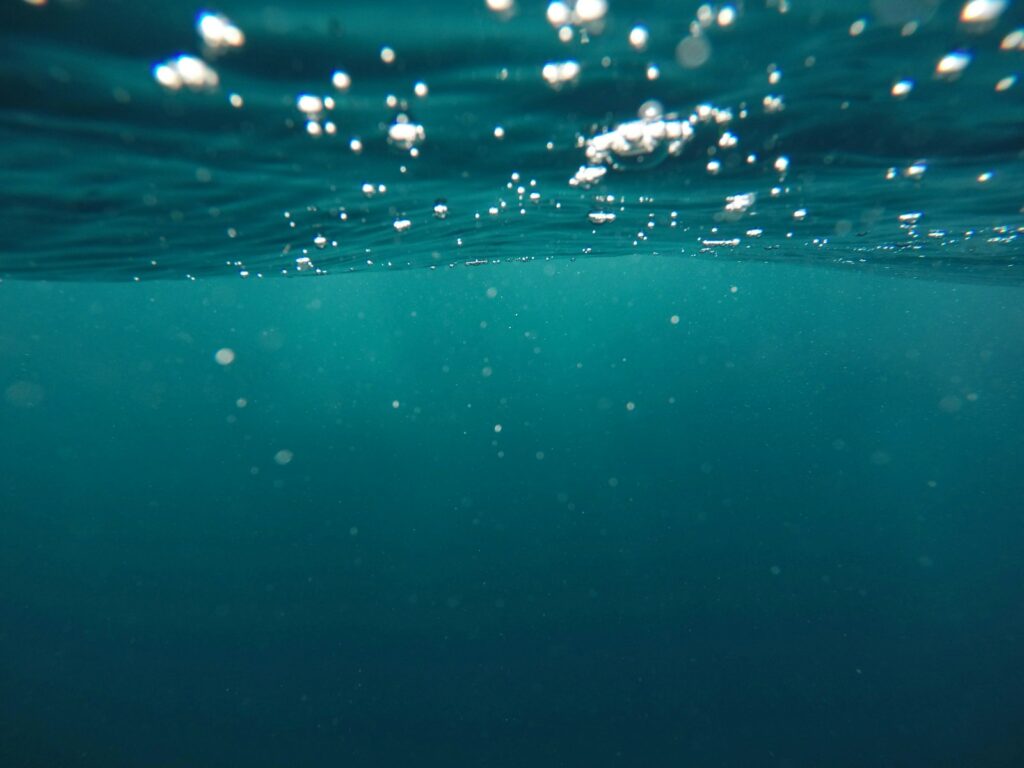
Perhaps the most devastating consequence of ancient microbial blooms was the development of widespread oceanic anoxia—the severe depletion of dissolved oxygen in seawater. When certain microbes bloom, their collective metabolism can rapidly consume available oxygen, creating vast “dead zones” lethal to aerobic marine life. In stratified ancient oceans, this process could be particularly severe, with oxygen-depleted bottom waters expanding upward into habitable zones, literally suffocating marine ecosystems from below. Paleontological evidence for such events includes distinctive black shale deposits rich in organic matter that accumulated in oxygen-free environments where decomposition was inhibited. Modern analogues exist in seasonal dead zones in the Gulf of Mexico and Baltic Sea, though ancient anoxic events occurred on much larger scales, sometimes affecting entire ocean basins for extended periods and triggering extinction cascades through marine food webs.
Hydrogen Sulfide Production: The Toxic Dimension
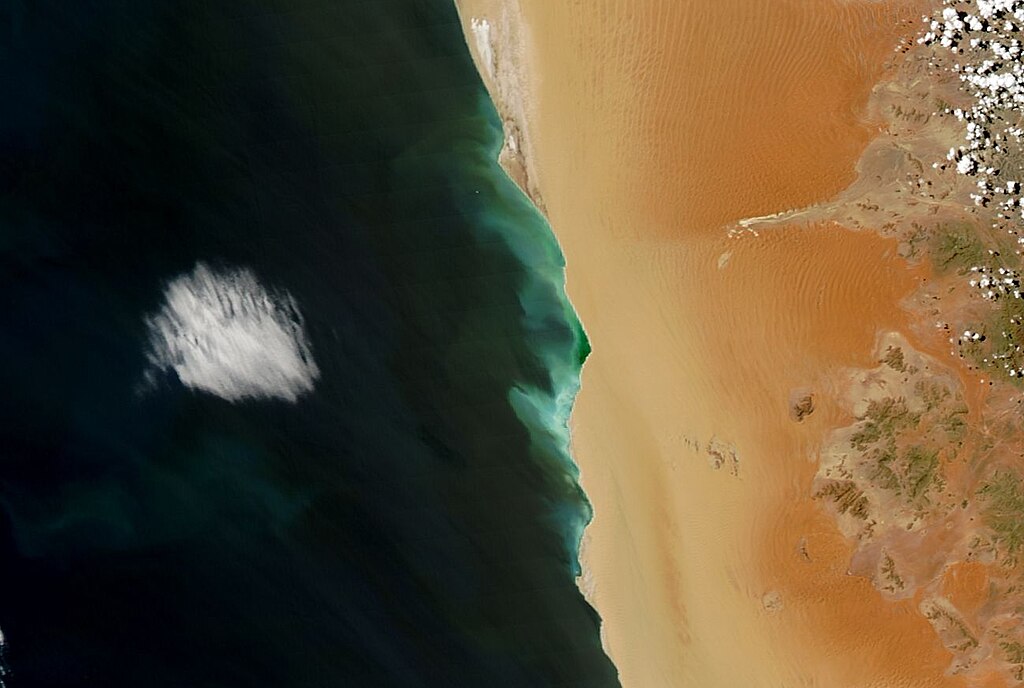
Beyond oxygen depletion, certain microbial blooms generated another deadly consequence: hydrogen sulfide toxicity. When sulfate-reducing bacteria thrive in oxygen-depleted waters, they produce hydrogen sulfide (H₂S) as a metabolic byproduct. This toxic gas is lethal to most aerobic organisms even at low concentrations, attacking cellular respiration pathways and causing rapid death. Evidence from several extinction horizons shows geochemical signatures consistent with widespread euxinic conditions—anoxic waters containing high levels of hydrogen sulfide. These toxic waters could potentially upwell into shallow marine environments, creating mass mortality events among reef communities, benthic fauna, and eventually affecting water-column organisms. Some researchers have proposed that during severe episodes, hydrogen sulfide may have even escaped into the atmosphere, potentially affecting terrestrial ecosystems and contributing to cross-habitat extinction patterns observed in the fossil record.
The Permian Extinction: A Case Study
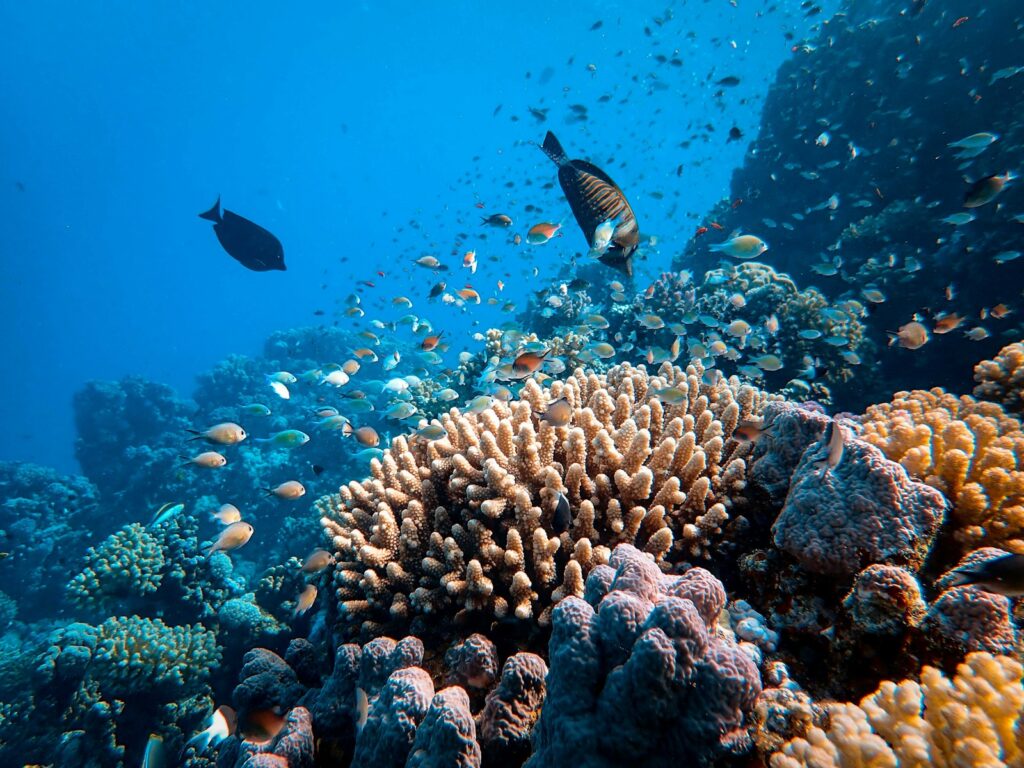
The end-Permian mass extinction, occurring approximately 252 million years ago, provides perhaps the strongest case for microbial involvement in extinction mechanisms. This catastrophic event eliminated roughly 96% of marine species and fundamentally restructured Earth’s ecosystems. Geological evidence indicates extensive volcanic activity from the Siberian Traps flood basalts, which likely triggered initial environmental disturbances through carbon dioxide and methane releases. These greenhouse gases drove rapid global warming, reducing oxygen solubility in oceans while enhancing stratification. The resulting conditions favored blooms of sulfate-reducing bacteria and photosynthetic green sulfur bacteria in expanded anoxic zones. Geochemical evidence, including biomarkers specific to these bacterial groups, has been detected in end-Permian boundary sediments worldwide. Isotopic analyses further suggest hydrogen sulfide poisoning occurred on a massive scale, creating toxic conditions that few marine organisms could survive, thus explaining the unprecedented scale of this extinction event.
Microbial Signatures in the Rock Record
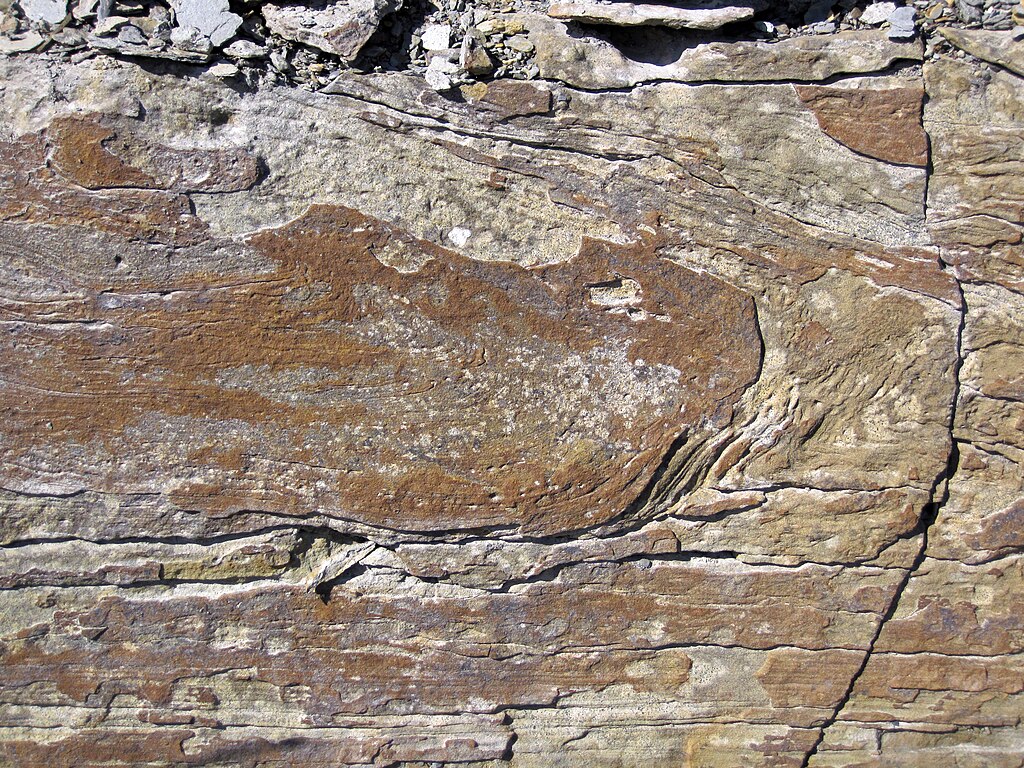
Modern analytical techniques allow scientists to detect ancient microbial blooms through various chemical and isotopic signatures preserved in the rock record. Biomarkers—molecular fossils derived from once-living organisms—provide particularly valuable evidence. For example, isorenieratane, a compound derived from green sulfur bacteria, indicates photic zone euxinia when found in ancient sediments, meaning toxic, sulfidic conditions reached into sunlit surface waters. Carbon isotope excursions in the geological record often accompany extinction events and can reflect major shifts in carbon cycling driven by changes in microbial community structure and abundance. Sulfur isotope patterns similarly reveal perturbations to the sulfur cycle during extinction events, consistent with expanded sulfate reduction by bloom-forming bacteria. Trace metal distributions in ancient sediments, particularly redox-sensitive elements like molybdenum, vanadium, and uranium, further help reconstruct the redox conditions of ancient oceans, allowing scientists to map the extent and severity of oxygen depletion associated with extinction horizons.
Feedback Loops and Tipping Points

Ancient microbial blooms created powerful feedback mechanisms that could push marine ecosystems past critical tipping points. Initial environmental perturbations—whether from volcanic activity, warming, or other triggers—created conditions favoring certain microbial groups. As these microbes proliferated, their metabolic activities further altered ocean chemistry, often reinforcing conditions favorable to themselves while increasingly stressing other marine life. For example, as sulfate-reducing bacteria began producing hydrogen sulfide, this toxic compound killed aerobic organisms, creating more organic matter for bacterial decomposition and driving further oxygen depletion and sulfide production. Similarly, as anoxia expanded, phosphorus typically bound in sediments under oxygenated conditions was released, stimulating additional microbial productivity and exacerbating oxygen depletion. These self-reinforcing cycles could rapidly transform ocean chemistry across vast regions, creating extinction cascades that unfolded much faster than most species could adapt, explaining the relatively rapid timeframes of extinction events despite their global scale.
Role of Climate Change in Triggering Blooms

Climate change served as a critical trigger for ancient microbial blooms preceding extinction events. Global warming, whether driven by volcanic carbon dioxide emissions or other mechanisms, affected ocean circulation in ways that promoted bloom conditions. As surface waters warmed, the temperature differential between shallow and deep ocean waters intensified, strengthening stratification and reducing vertical mixing that would otherwise replenish oxygen to deeper waters. Warmer waters also held less dissolved oxygen, creating physiological stress for marine animals even before complete anoxia developed. Additionally, accelerated hydrological cycles under warmer climates intensified weathering of continental rocks, increasing nutrient delivery to oceans and further stimulating microbial productivity. These climate-driven changes created perfect conditions for opportunistic microbial groups to dominate marine ecosystems, particularly in continental shelf environments where most marine biodiversity was concentrated, making climate-microbial interactions a potentially recurring extinction mechanism throughout Earth’s history.
End-Triassic and End-Devonian Events: Additional Evidence
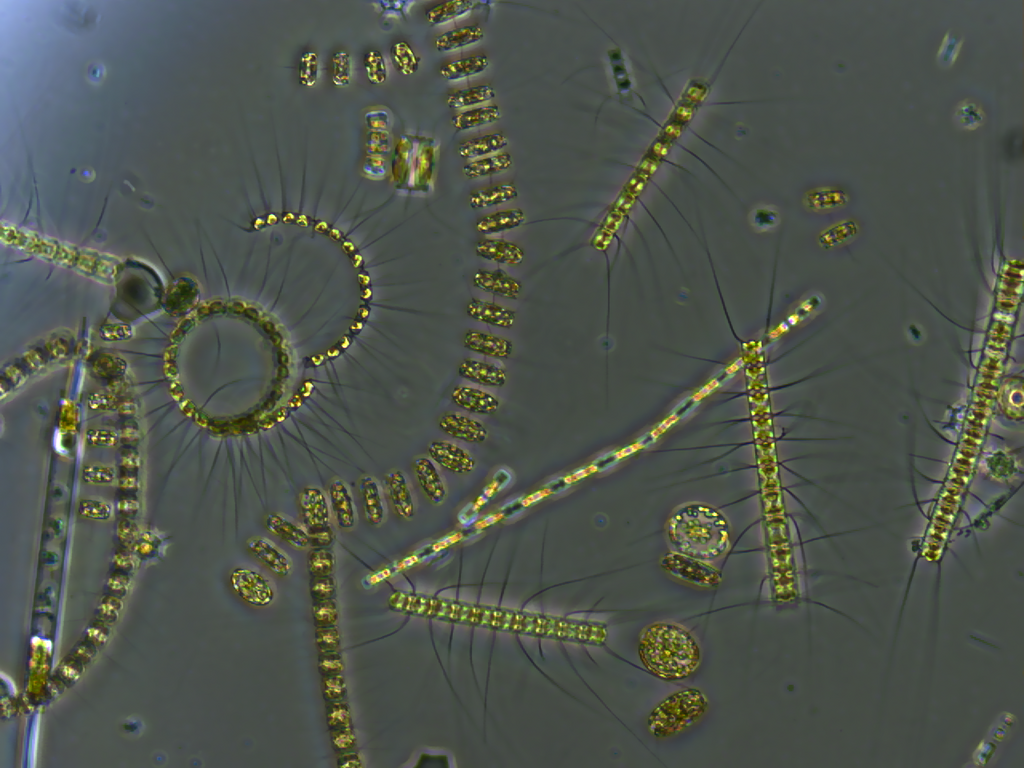
Beyond the Permian extinction, evidence for microbial bloom involvement exists for other major extinction events. The end-Triassic extinction approximately 201 million years ago coincided with massive volcanic eruptions from the Central Atlantic Magmatic Province, which likely triggered initial environmental disturbances through greenhouse gas emissions. Sedimentary records from this period show widespread development of black shales, indicating expanded ocean anoxia, along with biomarkers suggesting blooms of green sulfur bacteria in shallow waters. Similarly, the Late Devonian extinctions (particularly the Frasnian-Famennian event around 372 million years ago) exhibit evidence of extensive oceanic anoxia and euxinia. This period is marked by distinctive black shale horizons known as the Kellwasser events, which contain geochemical signatures indicating sulfidic conditions. In both cases, microfossil evidence shows dramatic shifts in plankton communities consistent with rapid changes in ocean chemistry, suggesting that microbial-driven mechanisms contributed significantly to these extinction events, potentially following similar pathways despite occurring hundreds of millions of years apart.
Modern Analogues and Research Methods
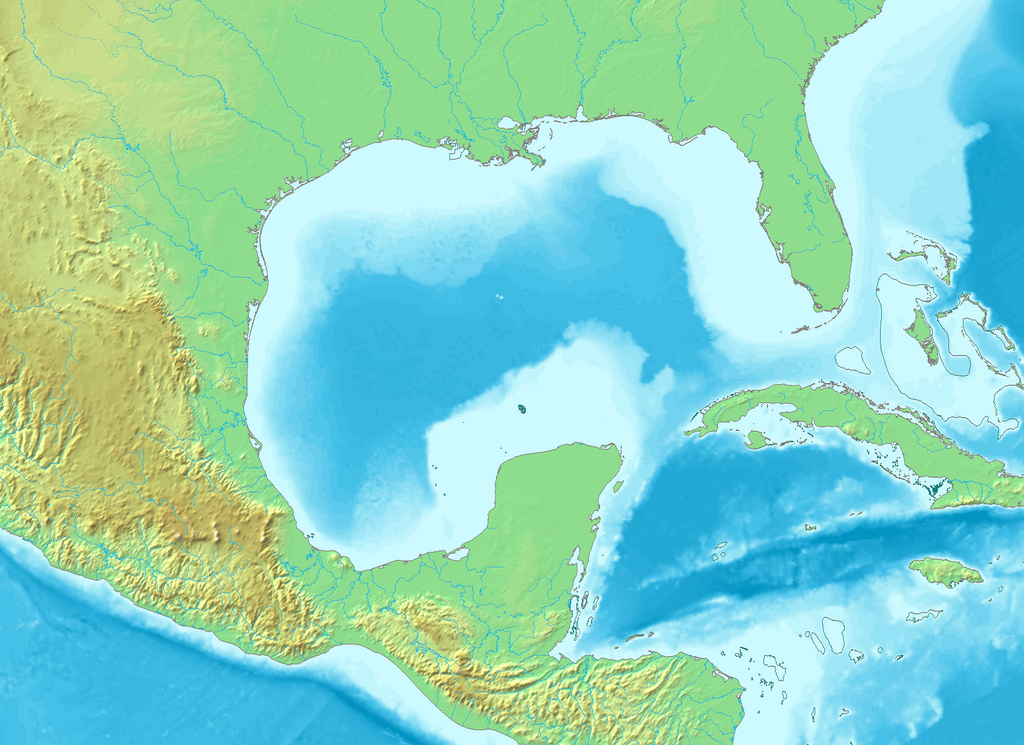
Scientists study modern analogues to better understand ancient microbial bloom dynamics. Today’s seasonal dead zones in coastal areas like the Gulf of Mexico provide scaled-down examples of how nutrient influxes can trigger algal blooms that subsequently deplete oxygen from the water column. Permanently anoxic basins like the Black Sea and certain fjords offer insights into stable chemically-stratified water bodies where sulfur-cycling microbes dominate deeper waters. Laboratory experiments using isolated microbes or microcosm communities help determine how different microbial groups respond to changing environmental conditions and how their metabolic activities alter water chemistry. Increasingly sophisticated computer models integrate biological, chemical, and physical processes to simulate how ancient oceans might have responded to different perturbations. These complementary approaches allow researchers to reconstruct probable scenarios for how microbial communities transformed ocean chemistry during extinction events, even when working with incomplete geological evidence from hundreds of millions of years ago.
Implications for Current Ocean Health
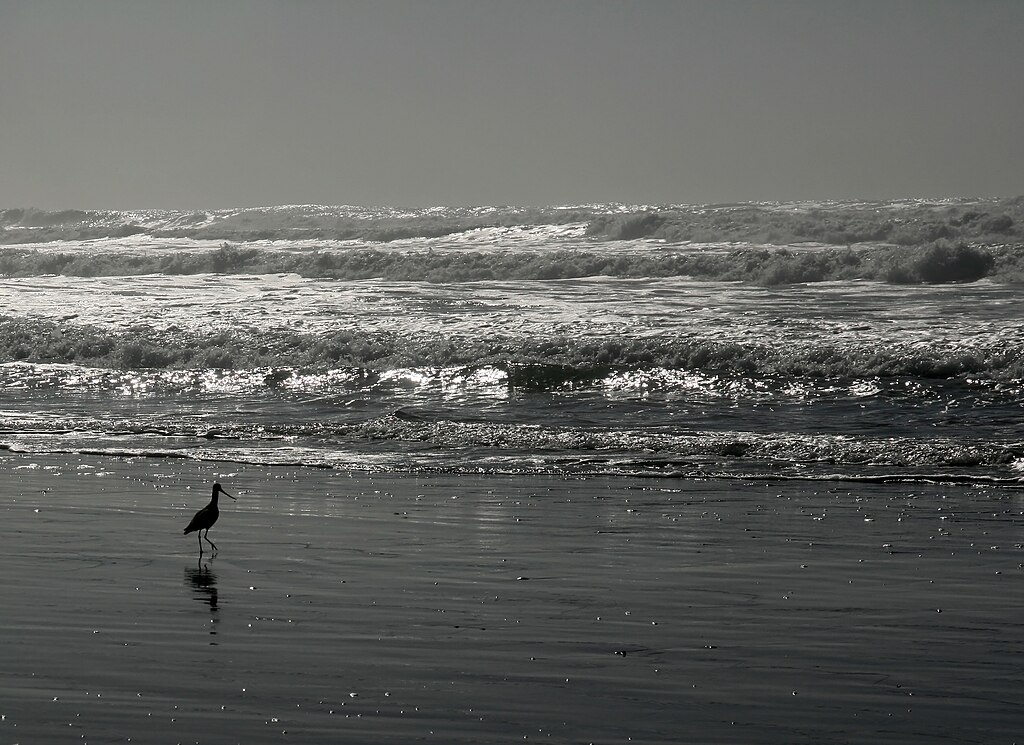
Understanding ancient microbial blooms has alarming implications for modern marine ecosystems facing anthropogenic climate change and pollution. Today’s oceans are experiencing expanding oxygen minimum zones, increasing stratification, and more frequent harmful algal blooms—all reminiscent of conditions preceding past extinction events. Nutrient runoff from agricultural fertilizers creates coastal dead zones increasingly similar to those seen in the geological record before major extinctions. Ocean warming reduces oxygen solubility while strengthening stratification, potentially setting the stage for more widespread anoxic conditions. While modern oceans remain far from the extreme states that characterized major extinction events, the trajectory of change shows concerning similarities to ancient patterns. The geological record suggests that once certain thresholds are crossed, feedback mechanisms can accelerate changes in ocean chemistry beyond critical tipping points. This historical perspective lends urgency to addressing human impacts on marine systems before modern oceans begin experiencing runaway biogeochemical changes similar to those that triggered past catastrophic ecological reorganizations.
Future Research Directions
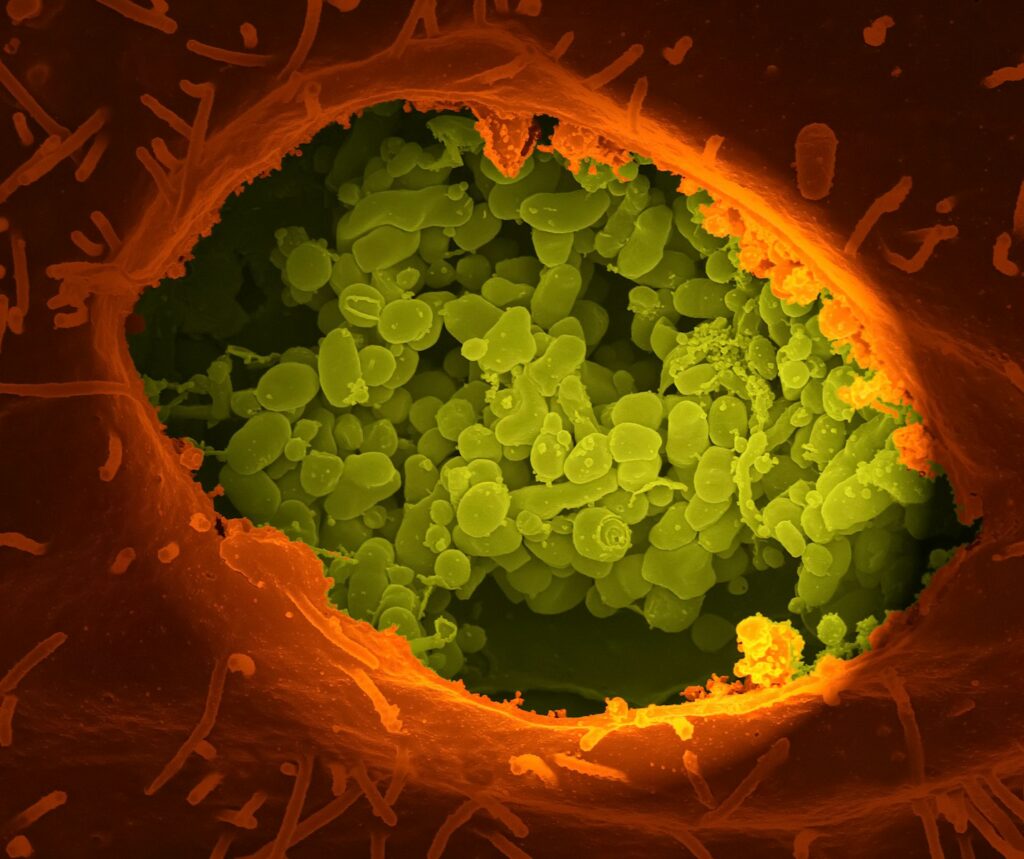
The study of microbial blooms and ancient extinctions remains a dynamic field with many unanswered questions driving future research. Scientists are increasingly employing advanced analytical techniques like compound-specific isotope analysis, which can track specific biological processes with unprecedented precision. Genomic approaches, including ancient DNA recovery and analysis of microbial genes preserved in suitable sediments, may eventually allow more direct identification of the microbial communities involved in past extinction events. High-resolution stratigraphic studies continue to refine the timing and progression of ancient extinctions, helping determine whether microbial blooms were initial triggers or feedback amplifiers of extinction cascades. Improved Earth system models that better incorporate microbial metabolic processes will enable more sophisticated simulations of how ancient oceans responded to environmental perturbations. Interdisciplinary collaboration between microbiologists, geochemists, paleontologists, and climate scientists promises to further illuminate how microscopic organisms periodically transformed Earth’s oceans into agents of mass extinction, providing valuable context for understanding potential future changes in marine ecosystems.
Conclusion
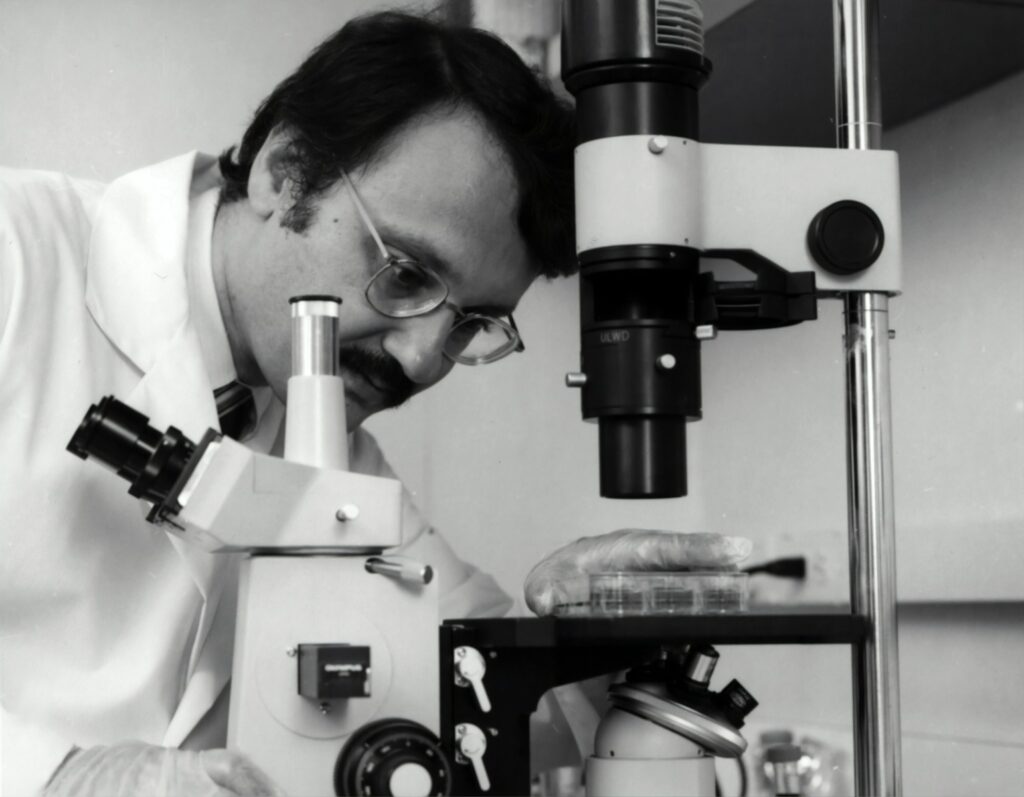
The emerging picture of ancient mass extinctions reveals a profound paradox: life’s greatest catastrophes may have been driven by life itself, specifically by microscopic organisms responding to environmental changes. The evidence increasingly suggests that during several major extinction events, microbial blooms transformed ocean chemistry in ways that became incompatible with most existing marine life. These findings reshape our understanding of Earth’s biological history while providing sobering insights into potential futures. As contemporary oceans face mounting anthropogenic pressures, the ancient past offers both warning and guidance. The study of these prehistoric microbial events demonstrates the remarkable sensitivity of Earth’s biogeochemical systems and the potential for seemingly minor perturbations to cascade into global catastrophes. By understanding how microscopic life once rewrote the rules of existence for all other organisms, we gain perspective on the delicate balance that sustains Earth’s modern biosphere and the care required to maintain it.



